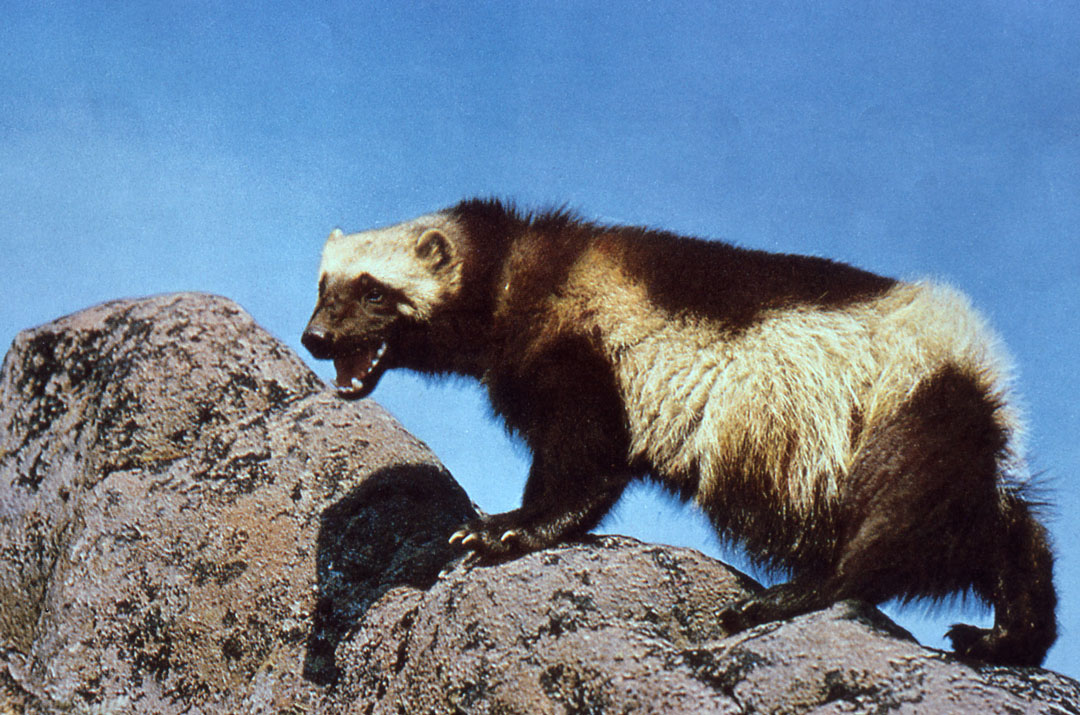Friday May 20th was Endangered Species Day, an opportunity to reflect on the beauty and value of wildlife, and acknowledge the role the Endangered Species Act (ESA) plays in protecting our most threatened species from extinction. A key requirement of the ESA is that decisions about protecting wildlife must be based on the best available science. But for the science to be credible, it has to come from the independent scientific community, and not be tied to political interests.
Unfortunately there have been an alarming number of instances when this is not the case. For example, in 2014 the Department of the Interior declared gray wolves recovered nationwide[1] because the Fish & Wildlife Service (FWS) claimed the wolves occupied most of the remaining suitable habitat in the U.S. when in fact, some two dozen states in the historic range of gray wolves were, and are still, vacant. Those states were declared unsuitable for wolves by the FWS on grounds that human tolerance for wolves was so low there and that wolves would be poached by citizens or killed by government agents seeking to protect livestock interests. And not so coincidentally in 2014, we witnessed a wolf pack colonizing California’s suitable habitat to become the first wolves there since 1924. If FWS policy had been implemented, California might not have seen this re-colonization.
In fact none of the available science supported the FWS claim, and what evidence there was showed that tolerance for wolves was even higher outside their current range. Furthermore, the purpose of the ESA is to prevent extinction by abating threats that push a species to that point. So the FWS is not authorized to circumvent a threat by redefining suitable habitat; it is required to combat threats and recover listed species, as the ESA states, “across all or a significant portion of range.” (ESA 16 USC § 1531)
Initially these and other objections fell on some deaf ears as the FWS pointed to a non-peer-reviewed genetic analysis suggesting the northeastern U.S. was not gray wolf habitat because a new species had lived there. To its credit, the FWS set up a peer review of that analysis, but then some within the agency attempted to remove scientists who had been critical of the agency. The uproar that followed led to a much-improved independent scientific review process led by the National Center for Ecological Analysis and Synthesis, which then “unanimously decided that the FWS’s earlier decisions were not well supported by the available science.”
Above photo: Wolverine by the National Park Service (CC BY)
If we look at the history of decisions about carnivores under the ESA, we see similar disregard for the best available science. Since 2005 the FWS has lost nearly a dozen federal court cases trying to remove protections for wolves, grizzly bears, and wolverines. In each case, the courts sided with plaintiff’s claims that the Department of the Interior misinterpreted the ESA or did not follow the ESA mandate to base its decisions, “…solely on the best scientific and commercial data available.”
So now we are looking for a constructive, cooperative, and lasting solution because science and courts were created by humankind to seek the truth. On Endangered Species Day, Adrian Treves, Robert Crabtree, Camilla Fox and Dave Parsons, in collaboration with the Union of Concerned Scientists, submitted a petition to Interior Secretary Jewell and Commerce Secretary Pritzker with the signatures of nearly 1,000 US scientists and scholars.
Our request was simple: respect the law and put the independent scientific community back in charge of determining the best available science.
We look forward to working with anyone and everyone to reaffirm the 240-year tradition of our wildlife trust and recover our threatened and endangered species and the healthy ecosystems that sustain all of us.
Learn more about the ways scientists are working for wildlife by visiting the Carnivore Coexistence Collaborative and by exploring Project Coyote’s Science and Stewardship program.
[1] excluding the Mexican gray wolf subspecies, Canis lupus baileyi







